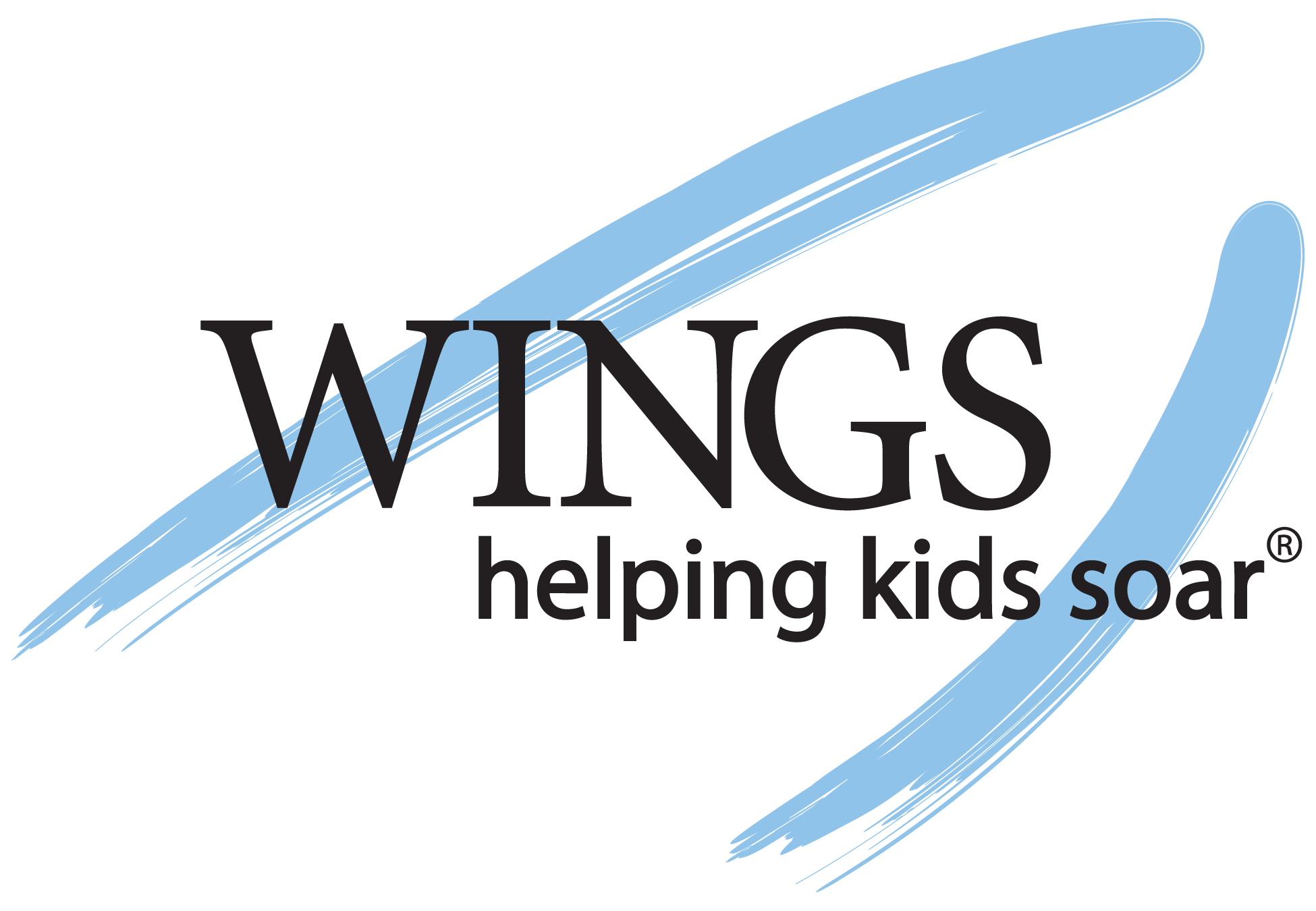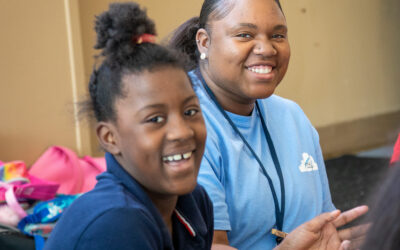In the ever-evolving landscape of education, addressing the mental health and well-being of students has taken center stage. While measures like adding more school psychologists, therapy dogs, or counseling sessions can be valuable on a case-by-case basis, they often tackle the symptoms rather than the root cause of the issues. This is where social-emotional learning (SEL) steps in as a powerful primary prevention strategy for nurturing the emotional growth of students and improving their overall well-being.
Understanding the SEL Approach
SEL is more than just another educational buzzword; it’s a comprehensive approach that equips students with essential life skills that go beyond academics. It focuses on core life skills like:
- Emotion Management: Teaching students to understand and manage their emotions is a fundamental aspect of SEL, empowering them to handle stress, anxiety, and frustration in a healthy way.
- Healthy Relationships: SEL fosters the development of positive interpersonal skills so students learn how to build and maintain healthy relationships, resolve conflicts, and practice teamwork, which is crucial in today’s diverse world.
- Empathy and Compassion: SEL encourages students to step into the shoes of others, promoting a deeper understanding of different perspectives and cultures which is vital for creating inclusive and harmonious communities.
SEL as a Proactive Solution
The statistics are clear: student mental health is at a critical juncture. Academic pressures, social dynamics, and the challenges posed by the pandemic have left many students grappling with anxiety, depression, and emotional turmoil. This is where character development steps in as a proactive solution. These critical skills focus on preventing mental health issues by giving students the tools to navigate their emotions and build resilience. Think of it like teaching kids to eat their emotional “fruits and vegetables” to stay mentally fit.
Reducing Disruptive Behavior
Disruptive behavior in schools is a major concern and one of the top reasons why teachers leave the profession. Integrating social emotional techniques helps create a positive and constructive school climate, reducing disruptive incidents and boosting teacher morale.
Teacher turnover increased 4 percentage points above pre-pandemic levels, reaching 10% nationally at the end of the 21–22 school year. Principal turnover increased too, reaching 16% nationally going into the 22–23 school year. (source)
The Nationwide Momentum for Positive Youth Development
Across the nation, more states are incorporating the tenets of youth resiliency practices into their academic standards and guidelines for school districts. This curriculum is seen as a primary prevention strategy for enhancing student mental health and well-being, and its momentum continues to grow.
Moreover, research shows that instruction in character development has a positive impact on students’ academic performance, emotional regulation, and critical thinking abilities. However, it’s important to note that developing these skills takes time and consistent reinforcement.
Addressing Misinformation and Challenges
While the evidence supporting SEL is compelling, it hasn’t been without its share of challenges. Some conservative education advocates have raised concerns, misinterpreting SEL as a method to indoctrinate students with certain values. However, this is not the case. Instead, the aim is to teach essential life skills like personal responsibility, accountability, self-regulation, empathy, and self-awareness—all skills that employers say are critical to future generations of successful teams.
To combat misinformation, transparency is key. Educators and policymakers need to clearly communicate what SEL entails and how it benefits students. Publishing SEL standards, glossaries, and indicators of success can help dispel misconceptions and keep the focus on what truly matters: providing the best possible education for children.
Ultimately, SEL is not just an educational trend; it’s a foundational approach to nurturing the mental health and well-being of students. While additional support measures like school psychologists and counseling sessions have their place, SEL equips students with lifelong skills to proactively manage their emotions, build positive relationships, and cultivate empathy. By investing in SEL, we not only address the root causes of mental health issues but also create a more inclusive and harmonious learning environment for our students and educators alike. It’s a win-win for everyone involved.

Want to share more positive youth development practices with others in your organization? Learn more about our professional development workshops.













